Blog
Advice and expertise from AM, and special guest posts by leading archivists, academics and librarians from around the world.
-
TitleDescriptionDate
-
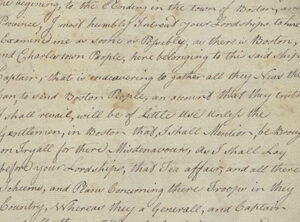 Samuel Dyer and the Boston Tea Party
Samuel Dyer and the Boston Tea PartyThe Colonial Office 5 records cast useful light on high-level administrative aspects of the American Revolution. However, not all who documented these events were as well-placed as colonial governors and secretaries. CO 5 records reveal glimpses of much more obscure figures, too.
-
 Unusual Gifts By the Hundred
Unusual Gifts By the HundredIf, like me, you find that celebratory occasions for family and friends tend to cluster together (birthdays, weddings, baby showers, hen parties, anniversaries), you may find yourself struggling to think of appropriate and thoughtful gifts year after year.
-
 Using Mass Observation Online in the Classroom: A Case Study at Bristol University
Using Mass Observation Online in the Classroom: A Case Study at Bristol UniversityOne of best parts of my role in the Academic Outreach team here at AM is working with faculty and instructors to integrate our primary source collections into undergraduate teaching. While there is a significant user base of independent scholarly researchers, we also have many undergraduate instructors who want to build specialist primary source content into their students' learning.
-
 Adam Matthew presents!: Conference papers and panels
Adam Matthew presents!: Conference papers and panelsScarcely a week goes by at the Adam Matthew office without a report landing in my inbox from colleagues returning from conferences in far-flung locations such as Utrecht, Florida and Budapest. One or other of us is forever off to an academic gathering somewhere in the world, often as an exhibitor with a booth of leaflets and goodies, and other times as an inquisitive delegate attending papers and workshops.
-
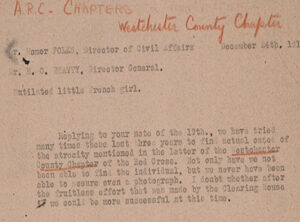 '[I]t Would Be Very Difficult to Secure Such a Child' - The American Red Cross and Wartime Propaganda
'[I]t Would Be Very Difficult to Secure Such a Child' - The American Red Cross and Wartime Propaganda'If you can send to me a little French girl, one or both of whose hands have been cut off by the Germans, we will take care of her and her presence will do more to help us raise large sums of money than anything else.'So wrote a member of the Westchester County Chapter of the Red Cross in November 1917, five months after the United States' entry into the First World War.
-
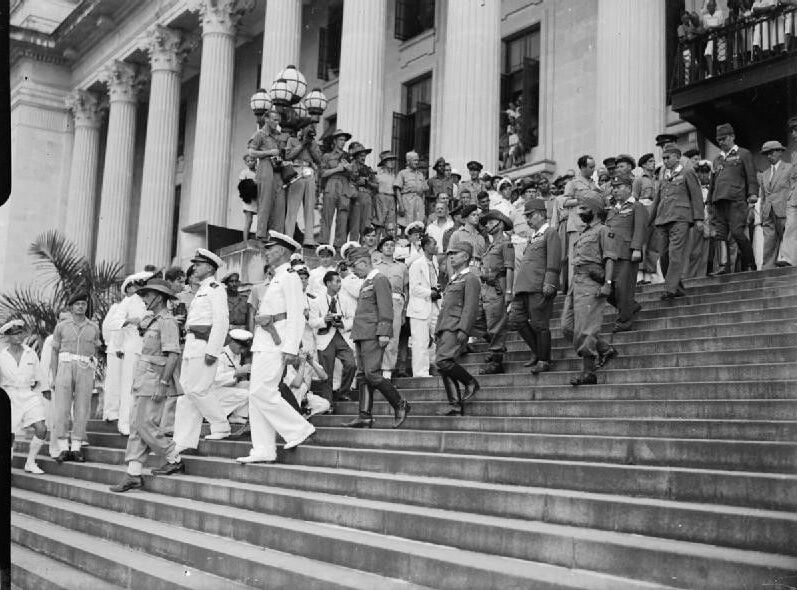 Back to Fortress Singapore: A First-Hand AccountSingapore, the epitome of British colonial rule with its grand government buildings and famous hotels, was also the British military stronghold in the East. However, when in 1942 the Japanese took the British by surprise, advancing down the Malay peninsula with speed and ferocity, it led to one of the greatest military defeats in British history. Singapore was occupied by the Japanese and would not be back in British hands until the war was over.
Back to Fortress Singapore: A First-Hand AccountSingapore, the epitome of British colonial rule with its grand government buildings and famous hotels, was also the British military stronghold in the East. However, when in 1942 the Japanese took the British by surprise, advancing down the Malay peninsula with speed and ferocity, it led to one of the greatest military defeats in British history. Singapore was occupied by the Japanese and would not be back in British hands until the war was over. -
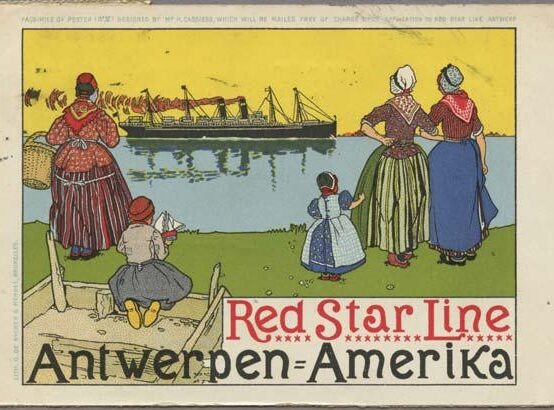 The Red Star Line in Antwerp, 1873-1934
The Red Star Line in Antwerp, 1873-1934In search of a better life, almost two million people emigrated to the United States and Canada on Red Star Line vessels between 1873 and 1934. They came mainly from Germany and Eastern Europe, of which an estimated 25% were Jewish. Only 10% of the emigrants travelling via Antwerp were Belgian. In the 1870s and 1880s good rail connections ensured that many emigrants from Switzerland and western and southern Germany booked their passage from Antwerp, rather than from Bremen or Hamburg.
-
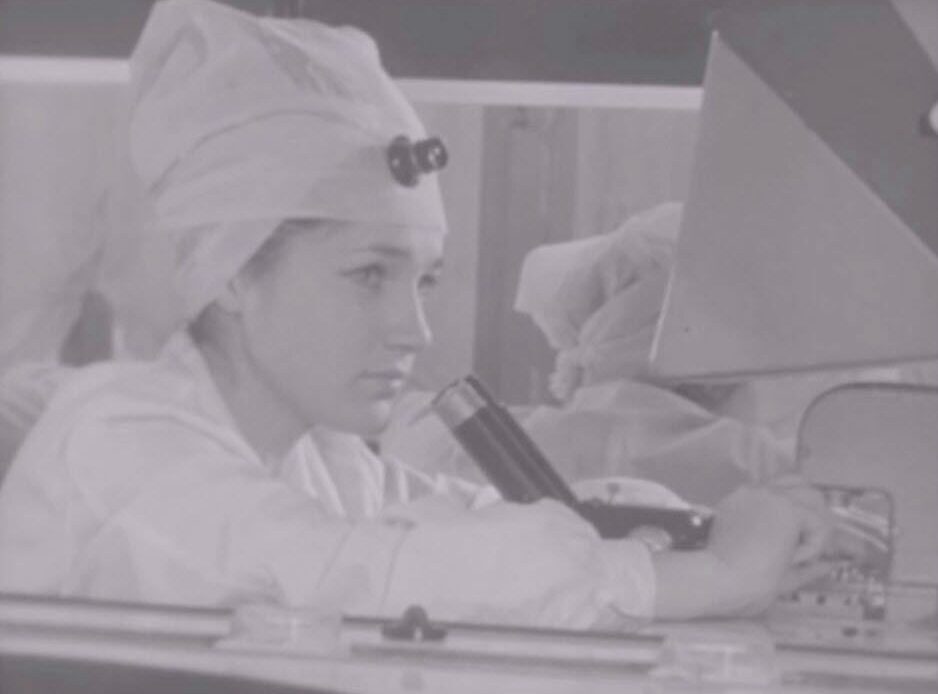 Love in the time of the USSR
Love in the time of the USSRToday is the 50th anniversary of the release of the Beatles’ classic single All You Need Is Love. This blog, however, isn’t about the Beatles, but it is about love with a little socialist industrialism thrown in. I’ve recently been working on Module II Newsreels & Cinemagazines of Adam Matthew’s Socialism on Film: The Cold War and International Propaganda resource, and thought I’d share one of my favourite clips (so far)!
-
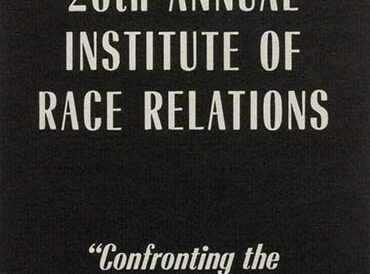 Historical Memory and the Race Relations Institute
Historical Memory and the Race Relations InstituteRecently the issue of race and public memory has ignited long-simmering passions in American cities and states over how to properly record and represent the past. On May 18, 2017, the mayor of New Orleans, Louisiana, Mitch Landrieu, finally achieved his goal – the removal of the 80-foot statue of General Robert E. Lee from a downtown site; the last of four towering monuments to the Confederacy that had stabbed the skyline for over 130 years.
-
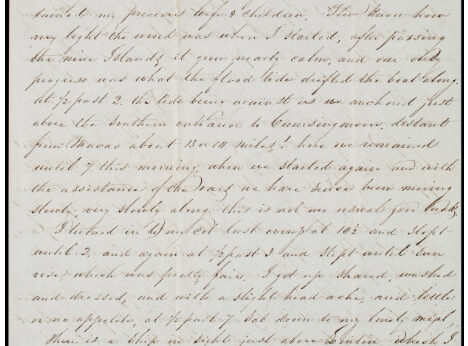 The Kinsmans: Love and Loss in Nineteenth-Century Macau
The Kinsmans: Love and Loss in Nineteenth-Century MacauThe words that Nathaniel Kinsman hastily penned to his “dearly beloved Wife” aboard a fast boat that carried him against the current of the Pei-ho River, from Macao (Macau) to Canton (Guangzhou) in China, reveal how Americans experienced China in the nineteenth century. They are emblematic of stories that reveal the human side of the Old China Trade, and lie beneath the conventional narrative that regales in opium sales and opium wars, pirates and typhoons, and, of course, tea, porcelain and silk.
-
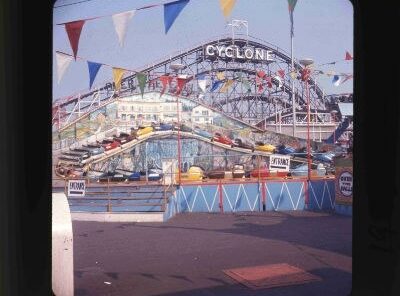 ‘Fastest, highest, longest and safest’: The Coney Island Cyclone
‘Fastest, highest, longest and safest’: The Coney Island CycloneNinety years ago this week, a rollercoaster called the Cyclone opened in Coney Island, on the Atlantic coast of the New York borough of Brooklyn. I am no particular rollercoaster fan – though not a tall man I’m always convinced I’ll be decapitated in the tunnels; in the merry photos taken at the end I’m the pale one hunched over – but when I found myself in Coney Island a few years ago I felt obliged, since the Cyclone is still there, to toddle along (fortified by a Nathan’s Famous Hot Dog) and have a go.
-
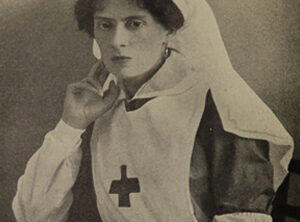 Wonder Women
Wonder WomenWonder Woman has kicked down doors for female superheroes everywhere this summer with her Lasso of Truth, steely commitment to peace and wholly impractical wardrobe – raking in $600 million in the process. ... While working on Adam Matthew’s upcoming resource Medical Services and Warfare, I stumbled across a biographical collection charting the real-life women who dedicated their lives to the war effort.
-
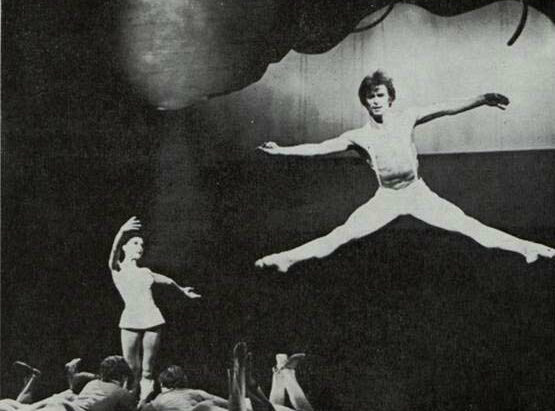 Male Model, Nureyev Type: from Soviet Defector to Pop Culture Icon
Male Model, Nureyev Type: from Soviet Defector to Pop Culture IconMy dazzling career prospects as a ballet dancer were brought to an abrupt end at the age of five, when my family moved house and my lessons in the village hall were discontinued. Who knows what I could have achieved, had I stayed? Unfortunately, my insistence on doing the exact opposite of the teacher’s instructions would probably not have gone down well in the strict world of ballet. In my mildly non-conformist way, perhaps I was really empathising with the bad boy of Russian ballet in the 1960s – Rudolph Nureyev who, on this day in 1961, defected from the Soviet Union and caused an international sensation.
-
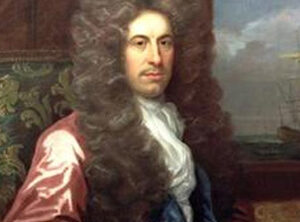 Rumour, Religion and Revolt: Fears of Indian and Catholic conspiracy during Maryland’s Glorious Revolution (1689-1690)
Rumour, Religion and Revolt: Fears of Indian and Catholic conspiracy during Maryland’s Glorious Revolution (1689-1690)Maryland’s Glorious Revolution (1689-1690) removed the Catholic Lords Baltimore from government in perpetuity. The family would only return in 1715 as Anglican converts. Maryland’s revolution coincided with the Glorious Revolution in England (1688), which replaced the Catholic King James II with the Protestant William III, and the Nine Years War (1689-1697) with France, known in the American colonial context as King William’s War. In 1684 rumour of a Catholic-American Indian conspiracy circulated amongst colonists. The rumours implicated Colonels Henry Darnall and William Pye, and Major William Boreman Sr., a former mariner and Indian trader, each of whom was a wealthy and distinguished planter in Maryland.
-
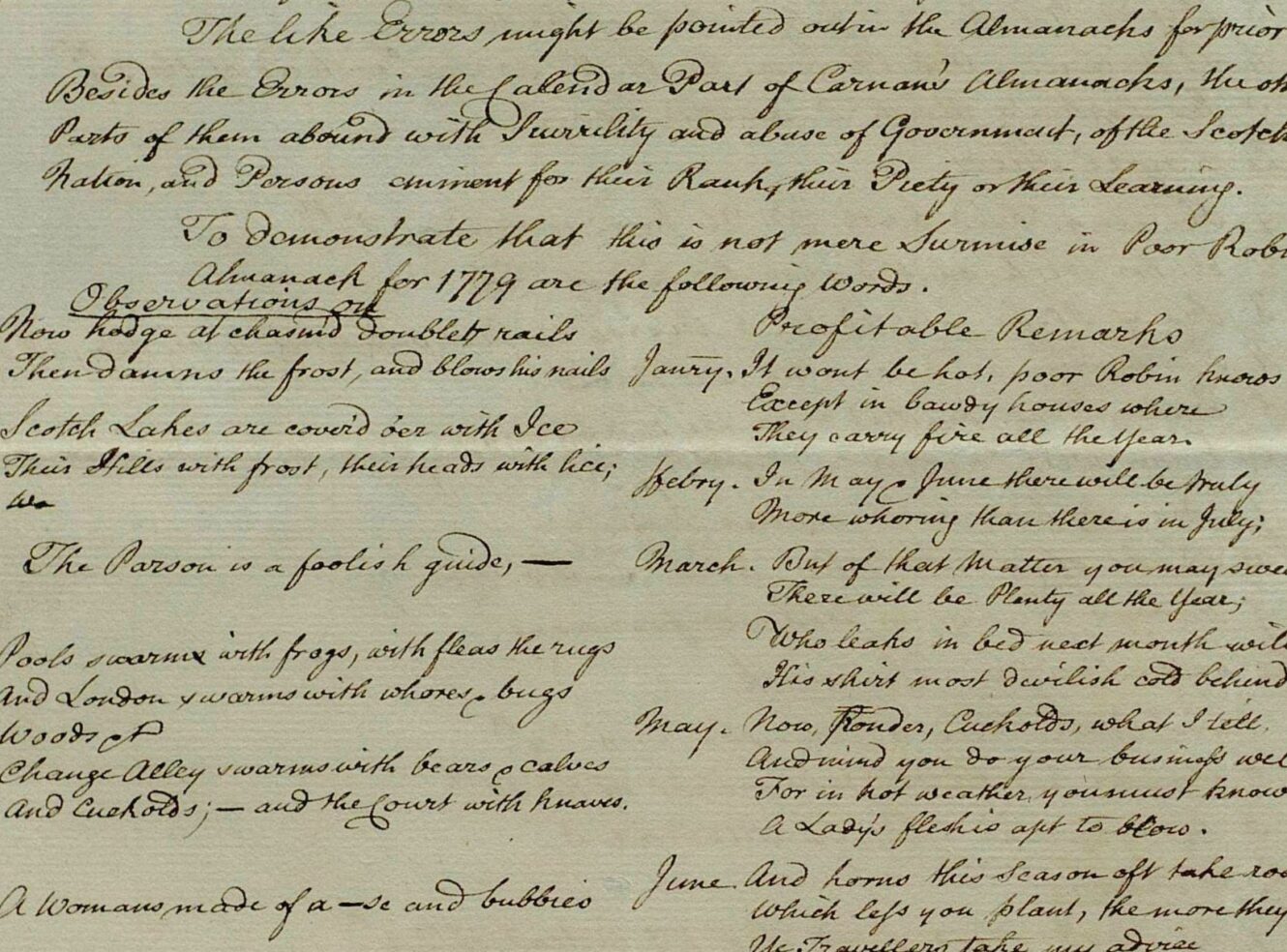 A David and Goliath story: Thomas Carnan vs the Stationers' CompanyIn 1744, a young man welcomed a historic legal victory by apparently driving ‘repeatedly, in triumph, round St. Paul’s Church yard and through Paternoster row, in his lofty phaeton and pair’. Thomas Carnan was an enterprising individual who had moved from Reading to London and who had his eye on the profitable market for almanacs and other such useful items with equally nebulous definitions. In his way, of course, was the Stationers’ Company.
A David and Goliath story: Thomas Carnan vs the Stationers' CompanyIn 1744, a young man welcomed a historic legal victory by apparently driving ‘repeatedly, in triumph, round St. Paul’s Church yard and through Paternoster row, in his lofty phaeton and pair’. Thomas Carnan was an enterprising individual who had moved from Reading to London and who had his eye on the profitable market for almanacs and other such useful items with equally nebulous definitions. In his way, of course, was the Stationers’ Company. -
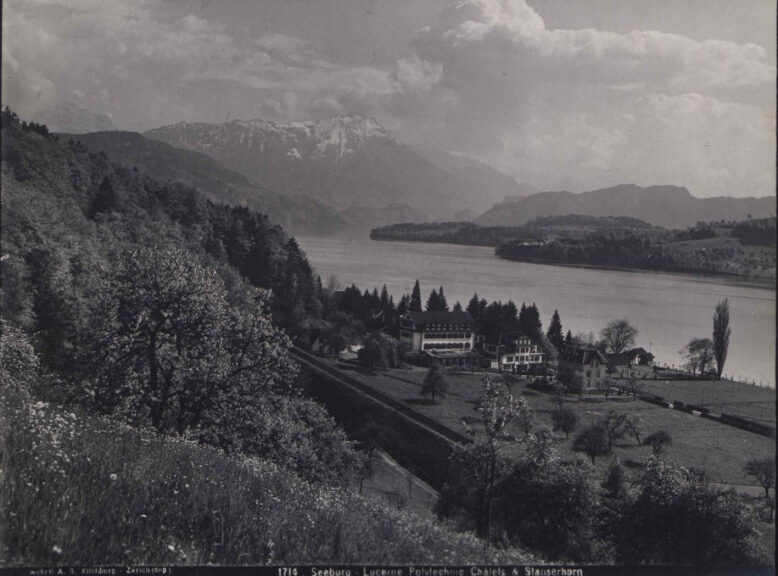 Travelling, travelling, travelling in 1949Summer holidays are in full swing at Adam Matthew with road trips to Germany, honeymoons in Italy and sailing in Croatia. It’s always an interesting time of year to find out what plans people are making, instilling wanderlust in the rest of us. After hearing a few of my colleagues’ holiday plans it inspired me to delve into Mass Observation Online to see what holiday plans people were making in 1949 (and Leisure, Travel & Mass Culture for some nice visual aids).
Travelling, travelling, travelling in 1949Summer holidays are in full swing at Adam Matthew with road trips to Germany, honeymoons in Italy and sailing in Croatia. It’s always an interesting time of year to find out what plans people are making, instilling wanderlust in the rest of us. After hearing a few of my colleagues’ holiday plans it inspired me to delve into Mass Observation Online to see what holiday plans people were making in 1949 (and Leisure, Travel & Mass Culture for some nice visual aids). -
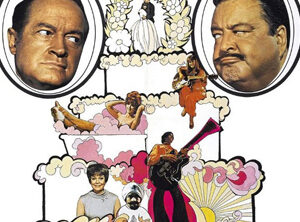 How to commit marriage (and get away with it)
How to commit marriage (and get away with it)The object I’ve chosen to highlight this week has been inspired by the fact that no less than five of the staff here at Adam Matthew towers are tying the knot this summer. And it’s clear from discussions during coffee breaks that whether it’s wishing we had our own J-Lo with her slick headset, or wondering what Wilson Phillips might actually charge, representations of weddings form a big part of our understanding of and expectations for the big day.Browsing through the entertainment memorabilia collection in our resource Popular Culture in Britain and America, I came across a press kit for the 1969 film How to Commit a Marriage. A fascinating primary source contemporary to a dynamic time in American cultural life, this item offers insight into Hollywood’s approach to marriage.
-
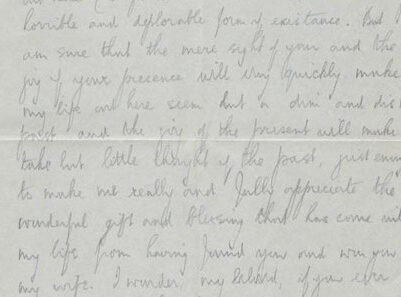 Love Letters from the Front
Love Letters from the FrontThis time next week, I’ll be spending my bank holiday at The Hay Festival, the annual celebration of literature, art, politics, history (and more) held in the beautiful ‘town of books’, Hay-on-Wye. There’s a huge amount to do at the festival but when the programme came out there was one event I knew I had to see for a second time: Letters Live.
-
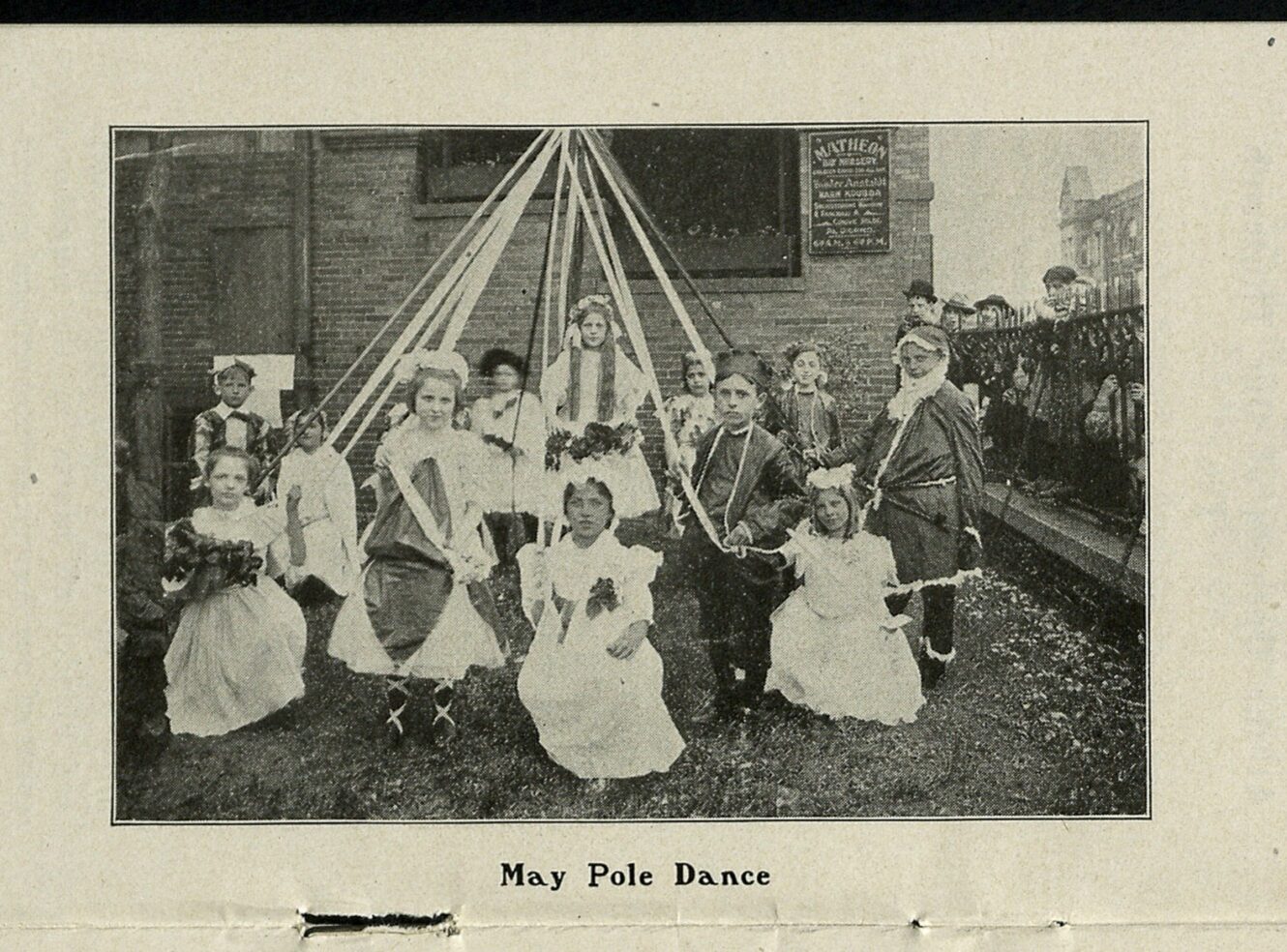 Celebrating May Day, and all it Meant To Chicago Commons
Celebrating May Day, and all it Meant To Chicago CommonsThe month of May, for many cultures, is associated with a variety of weird and wonderful events as communities have historically come together to celebrate May Day. Even today many of us will have clear memories of partaking in May Day celebrations, whether it be dressed in ribbons dancing (slightly confused) around a Maypole, or painted up alongside ‘Jack-in-the Green’. As fate would have it, I’ve recently enjoyed delving into The Newberry Library's Chicago Commons Collection used in our up-coming resource Migration to New Worlds: The Modern Era, where the May Day festivities of Chicago are depicted in full swing.
-
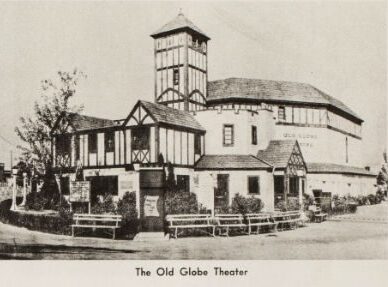 Global inspiration: How World’s Fairs gave us Shakespeare’s Globe
Global inspiration: How World’s Fairs gave us Shakespeare’s GlobeAs a development editor at Adam Matthew, I have had the pleasure of working on some fascinating resources from their earliest days. One such project was our World’s Fairs: A Global History of Expositions resource, which is a veritable treasure trove of documents, objects and oral histories that trace the fascinating phenomenon of world’s fairs; another is our exciting partnership with Shakespeare’s Globe archive.
-
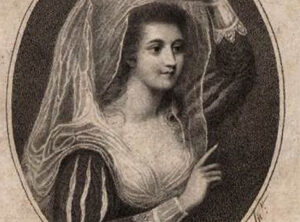 ‘Fame, puts you there where things are hollow…’
‘Fame, puts you there where things are hollow…’The images above are of the eighteenth-century actresses, Mrs Anne Cargill and Mrs Mary Wells; they have been taken from scanned copies of, Dramatic Annals: Critiques on Plays and Performance and an anthology of performers' letters. They are represented here in their famous stage personas of ‘Clara’ and ‘Cowslip’, characters from The Duenna, and The Agreeable Surprise respectively, performed consistently during the last quarter of the eighteenth century.
-
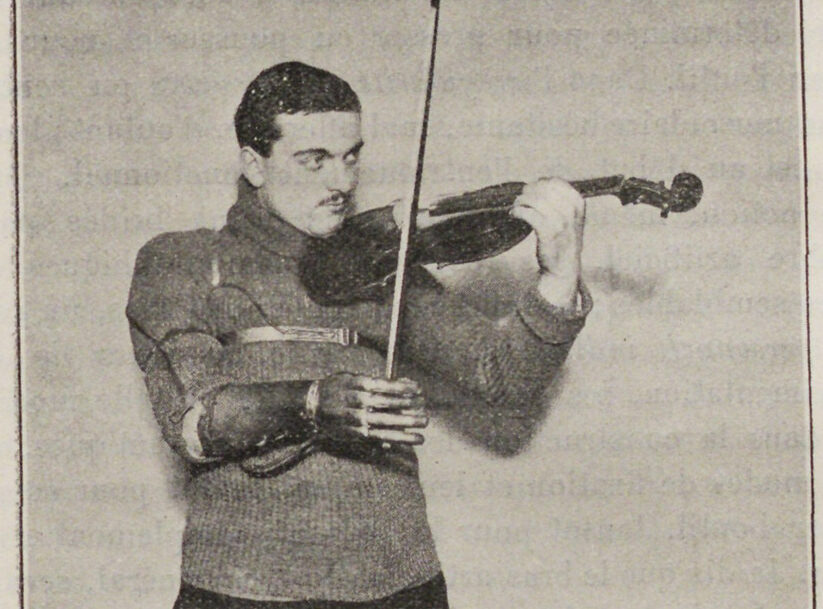 Building Bionic Men; Replacing Limbs Lost in WWI
Building Bionic Men; Replacing Limbs Lost in WWIAfter the guns fell silent on 11/11/1918 and the global conflict now known as the First World War drew to a close, millions of servicemen could look forward to returning to their countries of origin, being reunited with their families and resuming the lives they had held before enlistment. For many however, this return to pre-war normality seemed a physical impossibility. According to contemporary data from the French and British governments, around 1 in every 7 soldiers was discharged after receiving lifechanging and debilitating injuries during the war. Rapid developments in innovative technologies of destruction such as the machine gun, explosives and chemical weapons had left tens of thousands of soldiers permanently maimed and disfigured.
-
 The Magnetic Mountain: Building Socialism in Magnitogorsk
The Magnetic Mountain: Building Socialism in MagnitogorskThe famed Soviet city of Magnitogorsk was founded in 1929 and built upon an expanse of iron rich land towards the southern edge of the Urals. The city, which was modelled after its American counterpart in Gary, Indiana, became the largest steel plant in the world. Magnitogorsk came to embody the guiding principles of the Marxist-Leninist revolutionary experiment in Russia; namely through ideas pinched from the European Enlightenment and subsequent French Revolution of both a rational social order and the power of political mobilisation. The result of which was the realisation that science and politics could be used to landscape and engineer the perfect society, a socialist utopia.
-
 “Is it possible to build up one’s own discotheque?” Disco hits East Germany in 1972 with some love tagged on.
“Is it possible to build up one’s own discotheque?” Disco hits East Germany in 1972 with some love tagged on.In the imagination, the iron curtain between East and West during the Cold War era seems to be something impermeable. Especially in terms of cultural exchange and particularly in terms of popular culture. The mind may conjure up a picture of drab, dour and joyless scenes in the East versus a liberated and fun West. Not fair at all it seems - the documentaries and cinemagazines from Socialism on Film give a quick put down to this assumption. In this case the cultural export in question is disco music and the place is East Germany (the German Democratic Republic). It turns out we weren't so different after all.
